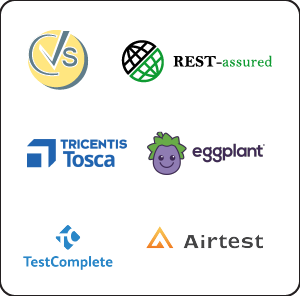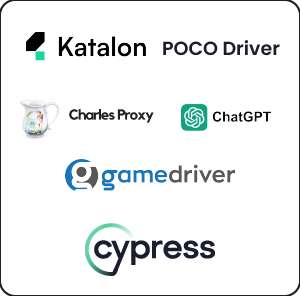Precision in every line of code!


From GUI to APIs, mobile automation, and game automation, we’ve got you covered. Embrace the future of quality assurance with us and stay ahead in the competitive software development world.
Our Services
Our Approach
At Indium, we don’t just automate your tests; we revolutionize your entire testing process with a strategic, personalized approach:
Analyze your software
We dive deep into your testing challenges, assessing your software’s specific needs and bottlenecks.
Craft a custom strategy
We build tailored, results-driven plans that align with your business goals—no one-size-fits-all solutions here.
Design and develop tests
Our team of automation experts creates test suites that ensure thorough coverage of every aspect of your software.
Seamless uphoriX Integration
We implement our AI-powered platform, uphoriX, directly into your existing workflows, minimizing disruption and maximizing efficiency.
Ongoing Support
We’re with you every step of the way, providing continuous support to ensure your testing runs smoothly and efficiently.
Delivering Actionable Insights
We don’t just hand you reports—we provide actionable insights that help you improve your software and deliver better results.
AI Acceleration Across Every Phase of Quality Engineering
Tools and Technology
We leverage the latest tools to ensure comprehensive coverage, including but not limited to:



Why Choose Us?
Our
Recent Insights
Contact us
Drop a message to our team to see how we can help you
Trusted by










Industry recognitions













